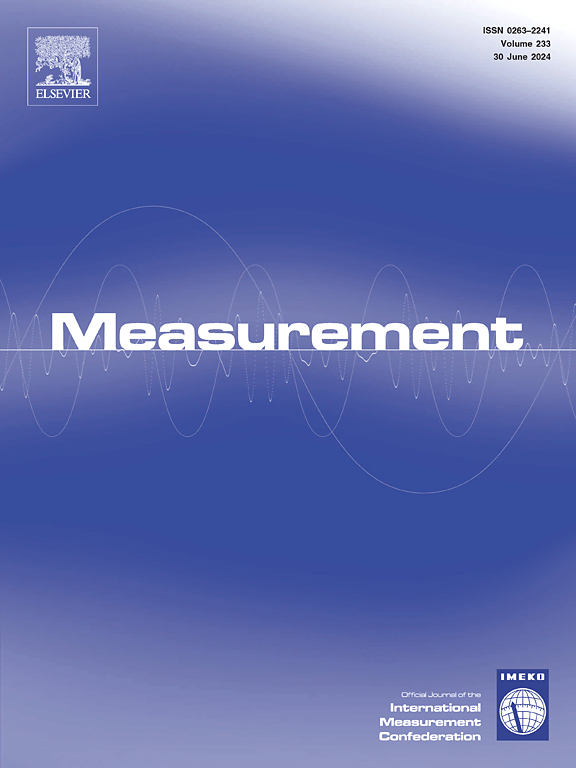Comparative analysis of fractal dimension and novel geometric indices for assessing branch cutting quality
IF 5.2
2区 工程技术
Q1 ENGINEERING, MULTIDISCIPLINARY
引用次数: 0
Abstract
The limitations of the fractal dimension analysis are addressed in this study through the introduction of innovative geometric parameters: Surface Smoothness Index (SSI), Area Deformation Coefficient (ADC), and Perimeter Deformation Coefficient (PDC). The effects of blade curvature, cutting speed, branch diameter, and moisture content on these indices were studied using a systematic approach. Image analysis was performed using ImageJ software to ensure accurate measurements in the evaluation of sheared Morus alba branches. Using Response Surface Methodology (RSM), the effects of various input parameters on cutting quality were examined. A single quality parameter, here fractal dimension (FD), was found to be insufficient for capturing the complexities of cutting quality, as none of the main, nonlinear, or interaction effects emerged as significant in the full quadratic model. This is while the novel geometric indices introduced here were able to effectively capture the intricate relationships in cutting quality. The results indicated that optimizing cutting parameters, namely, cutting speeds above 400 mm/min and blade curvature radii greater than 47 mm significantly improved cutting quality. It was determined that maintaining branch moisture content in the 40 to 42 % range is optimal for achieving acceptable performance. Overall, the study emphasized the importance of adjusting these input variables to enhance cutting effectiveness across various branch diameters. By taking the combined geometric parameters into account, more informed decisions could be made in pruning practices.
求助全文
约1分钟内获得全文
求助全文
来源期刊

Measurement
工程技术-工程:综合
CiteScore
10.20
自引率
12.50%
发文量
1589
审稿时长
12.1 months
期刊介绍:
Contributions are invited on novel achievements in all fields of measurement and instrumentation science and technology. Authors are encouraged to submit novel material, whose ultimate goal is an advancement in the state of the art of: measurement and metrology fundamentals, sensors, measurement instruments, measurement and estimation techniques, measurement data processing and fusion algorithms, evaluation procedures and methodologies for plants and industrial processes, performance analysis of systems, processes and algorithms, mathematical models for measurement-oriented purposes, distributed measurement systems in a connected world.
 求助内容:
求助内容: 应助结果提醒方式:
应助结果提醒方式:


